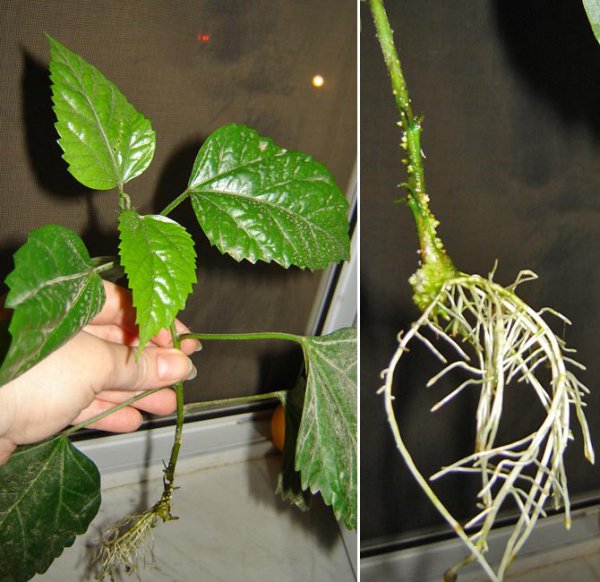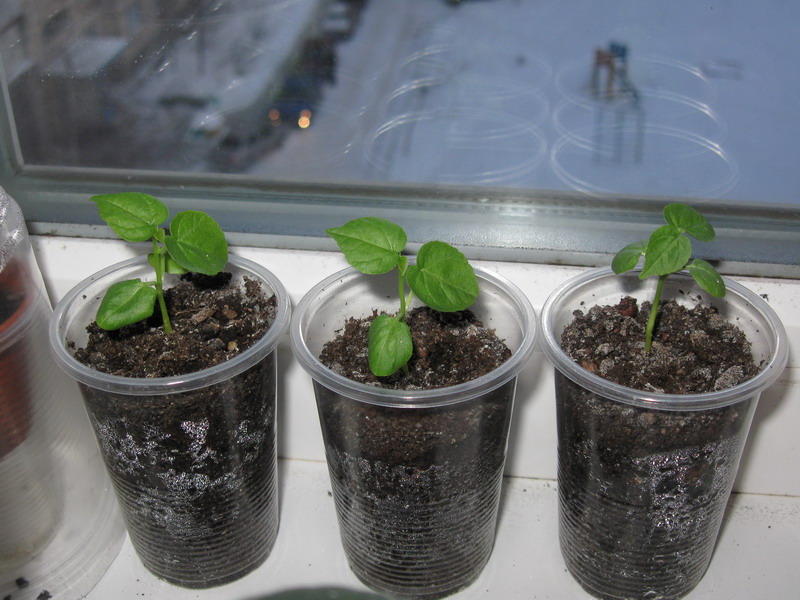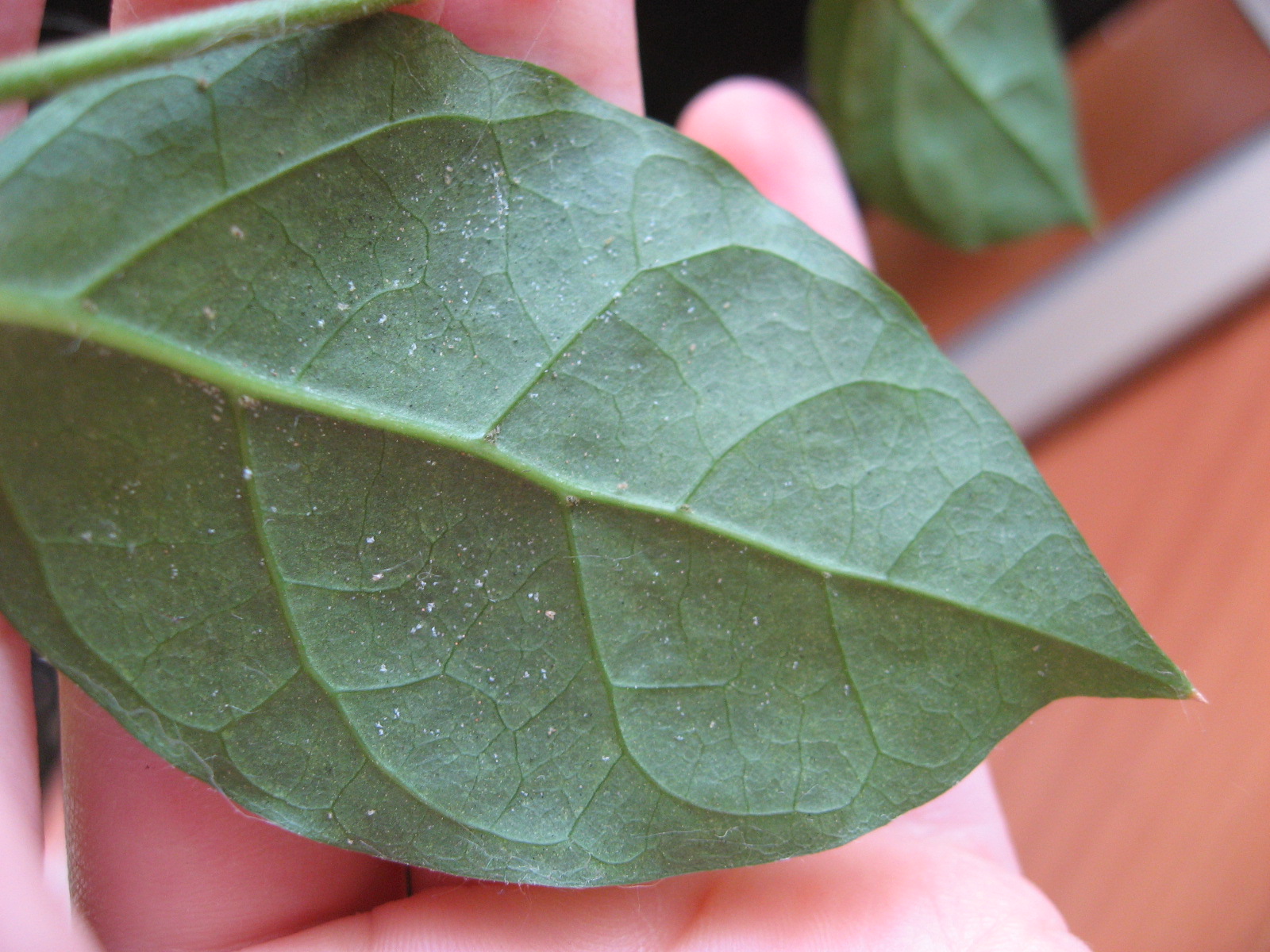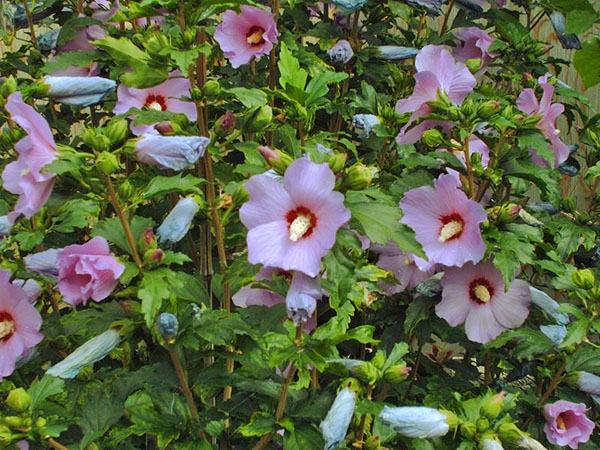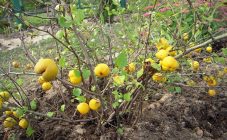Content:
The genus hibiscus includes a large number of herbaceous perennial plants and shrubs that grow mainly in the tropical and subtropical zones of Eurasia and America. Only a small number of them have a pronounced frost resistance, thanks to which gardeners grow them for decorative purposes both on the street and at home. Garden hibiscus is a hybrid plant, and in fact the collective name for species that can grow in temperate climates.
Where to plant
Hibiscus in the garden takes root well on most types of soil, including sandy and clayey. The main condition is that the soil should be a little loose, so it is important to loosen it often for good growth.
The place for this must be protected from strong winds. It is good to place the plant near fences, walls of houses and outbuildings, but it should be borne in mind that garden hibiscus bushes are quite thermophilic. This means that the place for planting it should be well warmed up by the sun, but a long stay in direct sunlight for the plant is undesirable. On the right site, hibiscus garden varieties can grow for more than two decades.
The plant is unpretentious and can withstand the usual temperatures typical of the climate of central Russia. It should be borne in mind that during periods of abnormally hot weather, the plant must be shaded, and during frosts on the soil, covered with straw.
Garden hibiscus: care and reproduction
How to propagate and plant hibiscus? Garden hibiscus is propagated in the following ways:
- cuttings;
- layering;
- seeds.
Cutting is the easiest way for a plant to propagate. It should be carried out during periods with the most comfortable air temperature for plants: in central Russia - in late spring and early autumn, beyond the Urals, in Siberia - in mid-summer. The cuttings should be small - no more than 3 internodes each. The branches in the lower part are cleared of leaves and placed in a small container (about 1 liter in volume) filled with soil. It is better to purchase soil for cuttings in specialized stores for gardeners. Before planting, the cutting should be placed in water. Previously, in the tray used for growing pruning, it is important to make a small hole where you should pour the agent to accelerate growth, and then plant a twig into it to a depth of about 3-5 cm.After planting, the soil around the cutting must be compacted and watered with sediment water.
The planted stalk should be covered with a special cap or you should make a frame yourself and cover it with a film. Keep the tray in a well-lit place, but do not leave it in direct sunlight.
After about 3 weeks, the cutting will take root, and a month after planting it should be transplanted into a regular pot with soil, consisting in equal shares of turf, sand and peat. Garden hibiscus overwinters indoors, and in spring the herb is ready for planting in open ground.
The plant propagates by cuttings and in another way.After cutting off the branch, it should be placed in water and wait for the root system to appear. Then the hibiscus is transplanted into a pot. However, it is worth noting that such seedlings have more modest growth and sustainability indicators than those planted in compliance with all the rules of agricultural technology.
Layers are a less common breeding method for hibiscus bushes. Its essence lies in the fact that one of the stems of the mother plant is buried in the ground. The right time for propagation of garden hibiscus by layering is late spring. The following types are used for breeding:
- ordinary;
- air;
- vertical.
The branch used as a layering must be cleaned of leaves and bent down to a groove previously dug in the ground. To fix it, you can use wire arms. After sprinkling the layer with earth, it must be watered. Water should be regularly watered as the soil dries up. The separation of the new plant from the mother is carried out at the beginning of autumn. This is why the preparation of the layering begins in the spring.
Is it possible to grow from seeds
Undoubtedly, the vegetative methods by which the garden hibiscus propagates are preferable for this plant in comparison with planting seeds. However, if there is no opportunity to breed the plant with cuttings or layering, this method is also possible.
Seeds for planting should be prepared in late February or early March. They are placed in a special solution that stimulates plant growth, where they are kept for about 3-4 hours, after which they are wrapped in moist gauze and allowed to germinate. After a week, the germinated seeds are planted in cups or pots and placed in a warm place where direct sunlight does not fall on them. To improve germination, they are covered with plastic wrap, creating a kind of greenhouse.
When the outside temperature goes over +10 degrees, the pots can be left for a short time in the open air in order to harden the plants, which in the future will help them become more frost-resistant.
After the threat of frost at night disappears, for example, in the regions of the Moscow region this happens at the end of May, the hibiscus seedlings are ready for transplantation into open ground. In order for the seeds to sprout, and the resulting seedlings to be stronger, they should be planted in the soil, consisting in equal shares of humus, turf and sand. The resulting substrate can be fertilized with organic fertilizers (ash, vermicompost, peat, etc.).
Culture care
For a healthy and strong hibiscus to grow, care must include timely watering, tillage, and fertilization.
Water for irrigation must be warm, settled. On hot days it is worth watering daily, additionally sprinkling the leaves and flowers. If the weather is rainy and cloudy, the plant does not need watering. The degree of its sufficiency can be determined by the appearance of the plant: if it has bright flowers and rich green leaves, there is enough moisture for it, and withered, falling foliage indicates its lack.
For the growth of hibiscus, care and reproduction, dense, compacted soil is unacceptable, this makes it difficult for the roots to obtain nutrients from the air and water. For good growth, the soil must be loosened, which not only improves its quality, but also eliminates weeds. It is also important to carry out mulching from time to time; ordinary straw or sawdust can be used as mulch. It also inhibits the growth of weeds and helps to retain moisture in the soil.
The hibiscus bush, like any plant, is subject to disease and pest attacks. Most often, gardeners have to deal with aphids, spider mites and chlorosis.
- Aphid. For the prevention and treatment of plants from aphids, it should be periodically treated with ash or tobacco.
- Spider mite. This pest affects flowers. For prevention, you should spray the buds with plain warm water. Fitoverm is used to treat an infected plant.
- Chlorosis. This disease indicates that there is a large amount of chlorine in the irrigation water. Expressed in the form of falling of the lower leaves.
For good growth and flowering, garden hibiscus needs root feeding. Nitrogen fertilizers should be applied after freeing the land from the last snow and drying out the soil. In the summer, when hibiscus begins to bloom, it needs feeding with a high phosphorus content.
The hibiscus bush is originally a tropical plant, so its flowers are bright, large and due to this they are truly a real decoration of the garden. They can be of a wide variety of colors: white, red, yellow. Flowers of purple hibiscus look especially impressive. The buds bloom for no more than three days, but the flowering of the plant lasts almost from spring to the very beginning of autumn. This is because hibiscus buds form and open at different times, one after the other.
Flowering is a clear indication that the plant is healthy, cared for, and receives the necessary nutrients. If the hibiscus does not have flowers, or they are too small and faded, this indicates problems. The main reasons for the lack of hibiscus flowering are:
- insufficient lighting;
- insufficient watering;
- the plant is affected by pests or diseases;
- lack of cropping.
The latter should be discussed in more detail. Every spring, bush hibiscus needs sanitary pruning. This should be done before the snow melts. All dry and old branches should be removed, and last year's growth should be reduced by about a third. These treatments stimulate the growth of new shoots and flower buds, making the tree-like hibiscus bloom vigorous and vibrant.
Garden hibiscus usually gets along well with other flowers. It is good to grow the plant next to roses, chrysanthemums, gladioli and dahlias.
How to care for a plant in the fall, preparing for winter
At the very beginning of autumn, caring for hibiscus consists of measures to prepare for winter and feeding with potash fertilizers. This is the key to the lush flowering of the plant next year. Foliage that begins to fall off and dead stems should be removed - this will help to avoid diseases. Watering hibiscus in the fall should be rare - once or twice a week. More often than not. It is also necessary to mulch by covering the soil around the plant with an even layer of straw or sawdust. You can also use peat as mulch, which will protect it from freezing in especially frosty winters.
Also in the fall, it is necessary to carefully check the leaves and stems of the plant for the detection of diseases and pests. If they are found, it is important to take appropriate action.
Frost-resistant varieties of hibiscus in the Moscow region hibernate well in the open field, but more thermophilic varieties should be moved to a warm place for the winter. To do this, the plant must be dug up and transplanted into a pot. It is good if hibiscus hibernates in a warm and bright room, for example, in a house or apartment.When storing them in outbuildings or in an unheated dacha, care should be taken to ensure that the plants receive a sufficient amount of nutrients, light, and the temperature does not drop below + 10 degrees.
Hibiscus is a garden flower, spectacular, capable of growing in our latitudes and delighting gardeners with lush foliage and flowering. It is important to figure out not only how to plant hibiscus, but also how to create ideal conditions for them. They will allow hibiscus to become the pearl of the garden.
